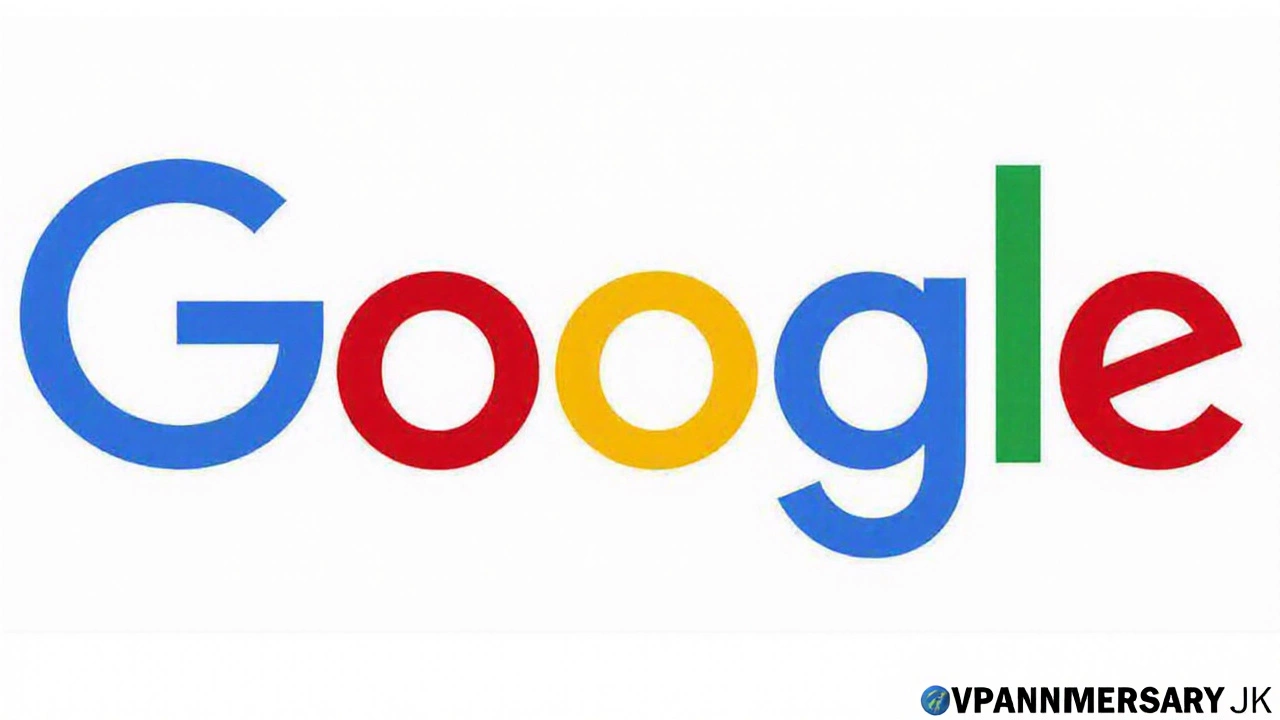Google History: How a University Project Became the World’s Top Search Engine
Ever wonder why Googling feels so natural? It all started in a cramped dorm room at Stanford in 1996. Two PhD students, Larry Page and Sergey Brin, built a research project called "BackRub" that ranked web pages by how many other sites linked to them. That simple idea turned the whole internet upside down.
BackRub grew fast, but the name didn’t stick. In 1997 the duo registered the domain google.com—a playful misspelling of the word "googol," which represents the number 1 followed by 100 zeros. The name hinted at their ambition: organize the massive amount of information on the web.
Early Milestones That Shaped the Company
By 1998, Page and Brin secured $100,000 from friends and family, then a $25 million round from venture capital firm Sequoia Capital. This cash fueled the launch of the first Google search engine to the public. The clean, ad‑free design stood out against cluttered rivals, and the speed of results kept users coming back.
2000 marked the debut of AdWords, a program that let businesses bid on keywords and place text ads next to search results. It turned Google into a money‑making machine while preserving the user‑first experience. Two years later, Gmail arrived with a generous 1 GB of free storage—something unheard of at the time.
Why Google Dominates Today
Google’s secret sauce lies in three things: cutting‑edge algorithms, massive data centers, and relentless innovation. The PageRank algorithm continually evolves, learning from click patterns, language nuances, and even voice queries. Meanwhile, Google built a global network of data centers that keep the search engine fast, even during traffic spikes.
The company didn’t stop at search. YouTube, Android, Google Maps, and Chrome all grew out of the same drive to make information accessible. Each product reinforces the core search engine—more data, better user insights, stronger ad platform.
In 2015, Google reorganized under a new parent company called Alphabet, giving each of its ventures more independence while keeping the core search business under the Google banner.
For anyone in Warangal, Google’s influence is obvious. Local businesses rely on Google My Business listings to appear on Maps, students use Google Scholar for research, and tourists plan trips through Google Travel. Understanding the history helps you see why the platform works the way it does and how you can use it smarter.
So, next time you type a query, remember that you’re tapping into a story that began with two curious students, a dorm‑room server, and the belief that the world’s information could be organized for everyone. That belief still drives Google’s updates, from AI‑powered search results to voice assistants that answer in seconds.
Ready to make the most of Google? Start by checking your local listings, using advanced search operators (like quotes for exact phrases), and exploring the free tools Google provides for students and small businesses. The more you know about its history, the better you’ll navigate the future it continues to shape.
